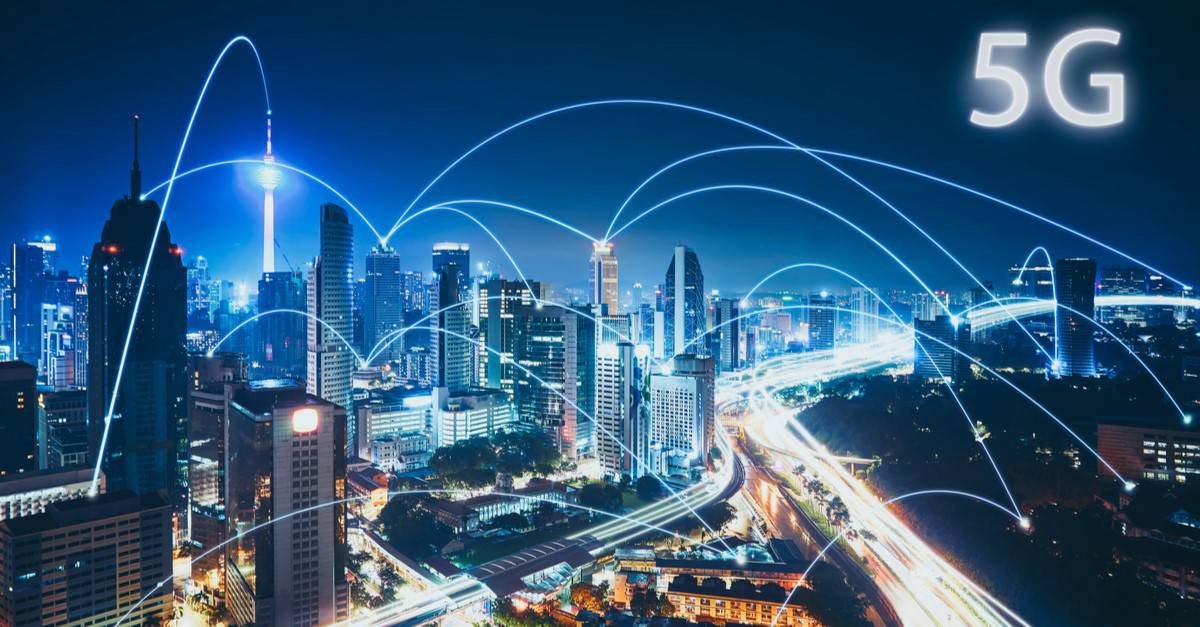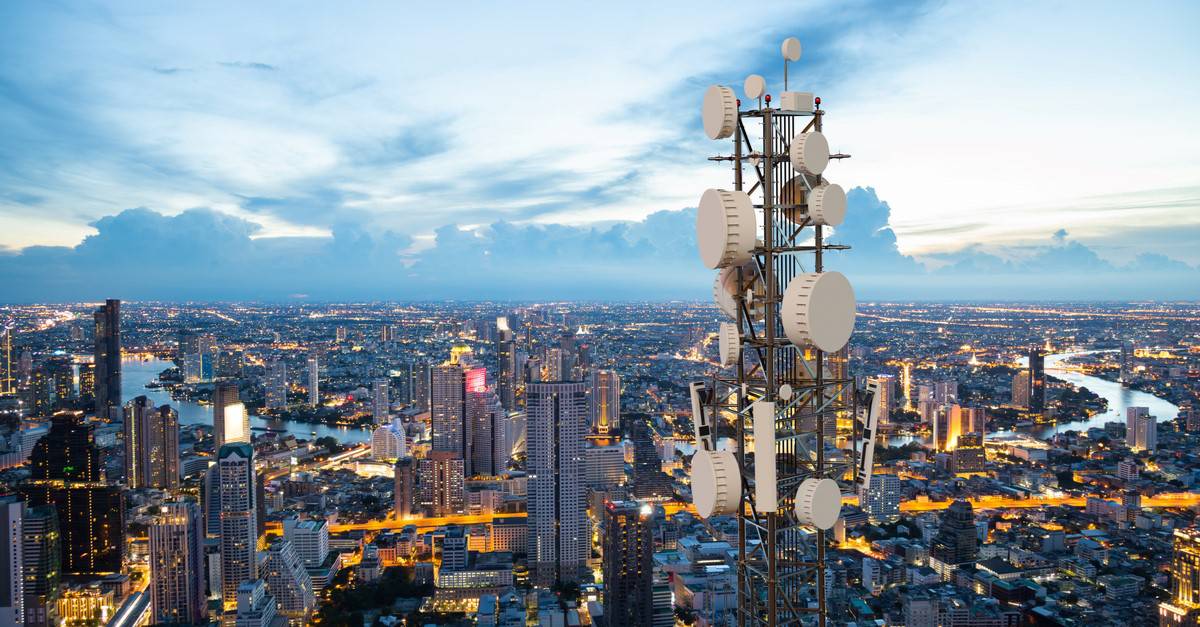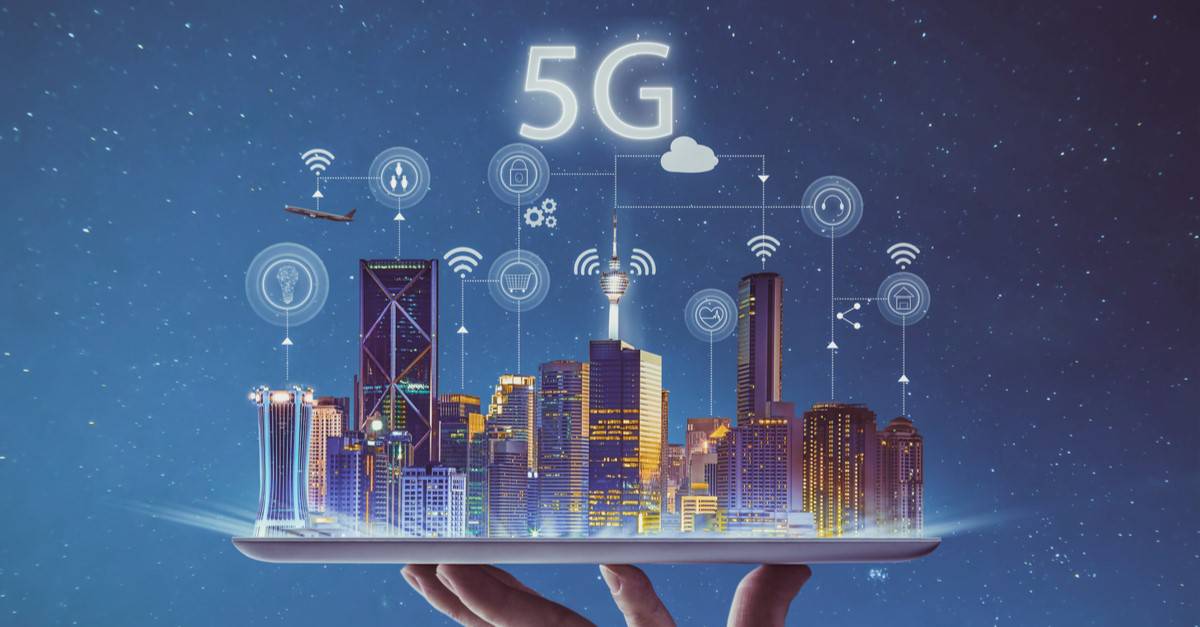5G is the latest generation of wireless technology that promises to revolutionize the way we connect to the world around us. With its lightning-fast speeds, ultra-low latency, and massive capacity, 5G networks are poised to transform everything from mobile devices to autonomous cars, virtual reality, and telemedicine. It will allow users to stream high-definition movies in seconds, or download entire albums in the blink of an eye. With 5G, users can connect to more devices than ever before, with virtually no lag time.
5G
5G is the latest standard for wireless technology. The 5G network — now being set up throughout the United States and many places in the rest of the world — is the successor to 4G. It allows for internet-based devices to rapidly connect and communicate with each other, enabling high-speed data sharing, voice calls, and more.
Quick Facts
- Creator (person)
- Consortium of telecommunication companies, with government support
- Original price
- n/a
- Operating System
- N/A
- Developed By (company)
- Consortium of telecommunication companies, with government support
Like its predecessors, including 4G, the process of setting up a 5G network is a partnership between governments and telecommunication providers. Furthermore, all devices are not automatically 5G capable.
This means that any electronic device that had previously used 4G or lower networks will need to be upgraded, or new devices will need to be purchased before they can take advantage of the 5G network.
5 Facts about 5G
- 5G — like many other telecommunication breakthroughs — has been subjected to a wide degree of conspiracy theories. These conspiracy theories include linking 5G deployment to a variety of ills, including COVID-19 or cancer. Like most conspiracy theories, these have no basis in reality.
- 5G’s expansion is occurring rapidly, and according to some estimates, 1.5 billion people will have access to the network by 2024.
- 5G towers can be added to existing 4G networks, thus saving money in terms of building the infrastructure.
- The rollout of 5G will be a huge boost to multiple injuries, including mobile gaming, automation, consumer appliances, and manufacturing.
- 5G can fundamentally change the ways that people connect to the internet, potentially providing huge boosts to virtual and augmented reality.

What is 5G: Explained
5G is a connectivity standard that will allow for exceptionally fast and modern speeds for phones, internet use, data sharing, and more.
Like previous networks before it, the coverage map of 5G use will depend on the deployment of towers that can be used to give devices within range of the towers access to the 5G network. The coverage map of these towers is multiple miles, meaning an entire network of towers will need to be deployed to fully expand the coverage map of 5G.
The speeds of 5G networks are exceptionally fast. 5G networks have a maximum speed of at least 1 gigabit per second, potentially reaching as fast as 10 Gbps. Their average speeds are much slower and closer to 50 Mbps, but this is still a major improvement over 4G. With these faster speeds, devices can more quickly communicate with one another. This makes 5G beneficial across a wide range of industries, from healthcare to transportation to entertainment.
How to Use 5G
One of the greatest benefits of the entire 5G network is that it will be a relatively seamless one for consumers. As long as their phones and internet devices are capable of accessing a 5G network, they will be able to do so. For devices that are 5G capable, accessing the network is as simple as accessing any other wireless network.
There are some important notes to be made, however. First, 4G devices and phones that aren’t configured to use 5G will not necessarily be able to handle working with 5G. They will need to be upgraded.
Second, just like previous internet networks, a 5G network will require a significant deployment of towers and other technology in order to extend the 5G network to all people.
There will continue to be issues of equality to access, as individuals who live in urban areas will have an easier time using this technology than people in suburban areas. This means that phone reception and internet speeds in urban and suburban parts of the country are likely to outstrip the speeds of those in rural areas.

The Difference Between 5G and 4G
There are many differences between 5G and 4G. As noted above, the greatest is speed, with 5G capable of much faster top and average speeds than 4G. However, that isn’t it. 5G comes in low-band and high-band, with high-band 5G having the fastest possible speed.
5G also has much lower latency issues. Latency is the time it takes for data to travel from two points. 4G operates at a latency of 50 milliseconds, while 5G operates at a mere 1 millisecond. The average person may not notice such differences, but for people who operate on devices that essentially require an instantaneous response, this difference is critical.
Just like 4G, 5G will require the construction of a brand-new network infrastructure. This will take time and result in major equity issues until the network is fully built out.
5G also has, on average, a much greater bandwidth — or capacity — than 4G. This means that more users can use 5G on the three bands that are available — low, mid-range, and high.
5G Release History
5G deployment began in 2018, with some countries moving as quickly as possible to supplant 4G in favor of 5G. South Korea became the first country to largely adopt the network.
Large swaths of the United States have now become 5G capable. According to some predictions, there will be at least 50 million 5G-related subscriptions by the end of 2021 in the country, an improvement of 6.5 million from 2020. These numbers are expected to accelerate as additional 5G infrastructure is deployed.
The image featured at the top of this post is ©iStock.com/jamesteohart.

